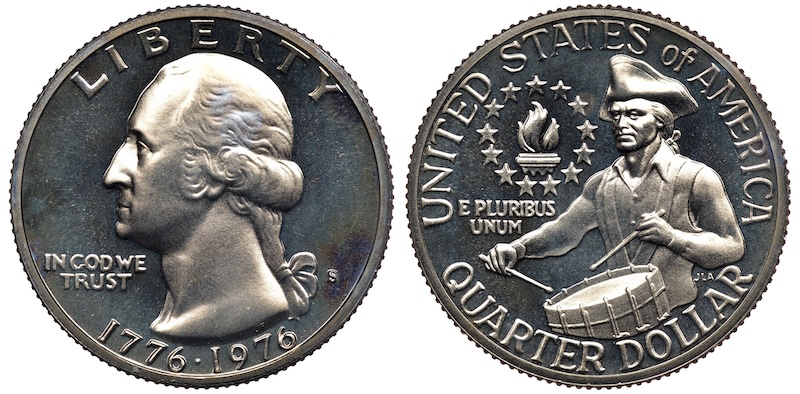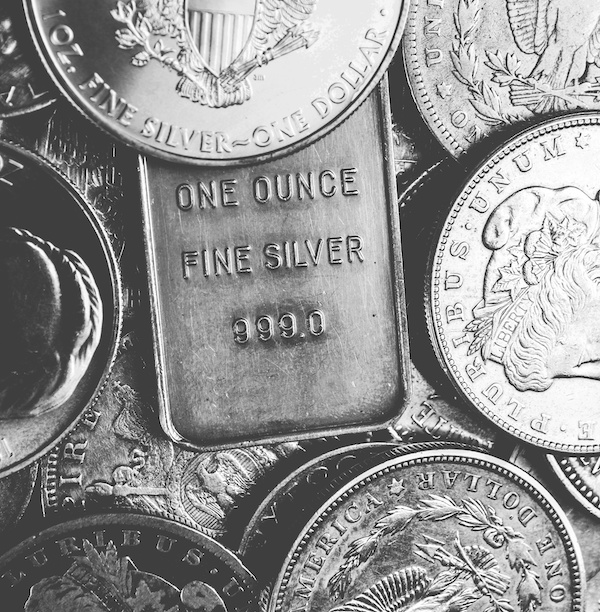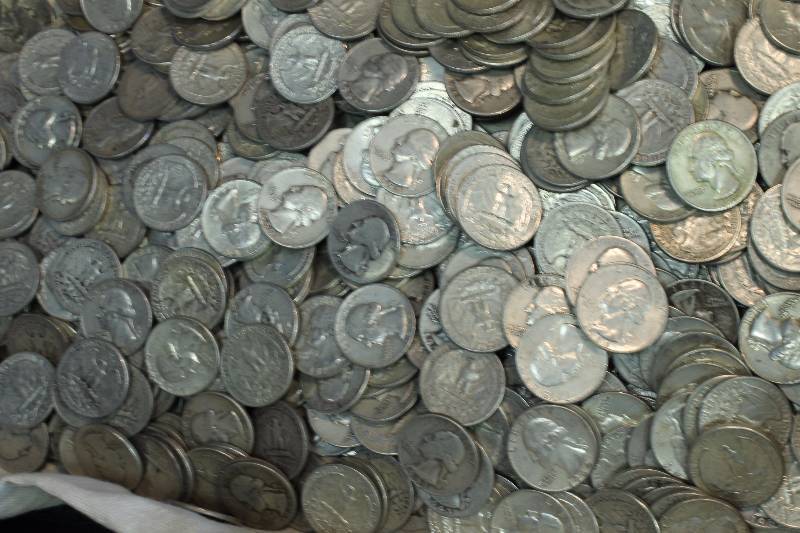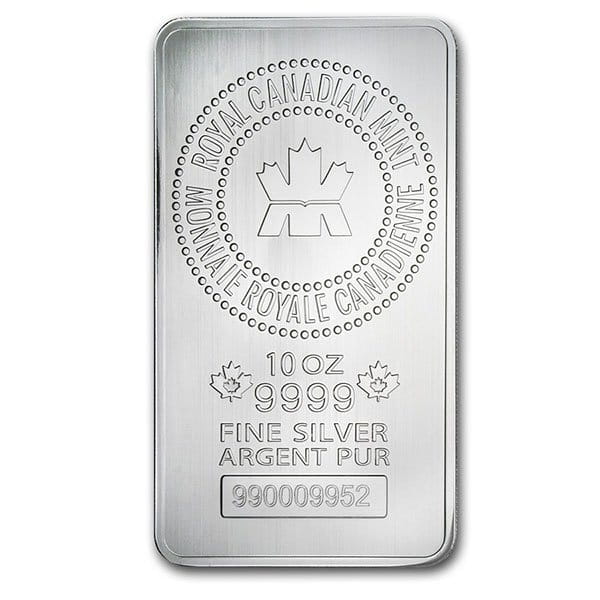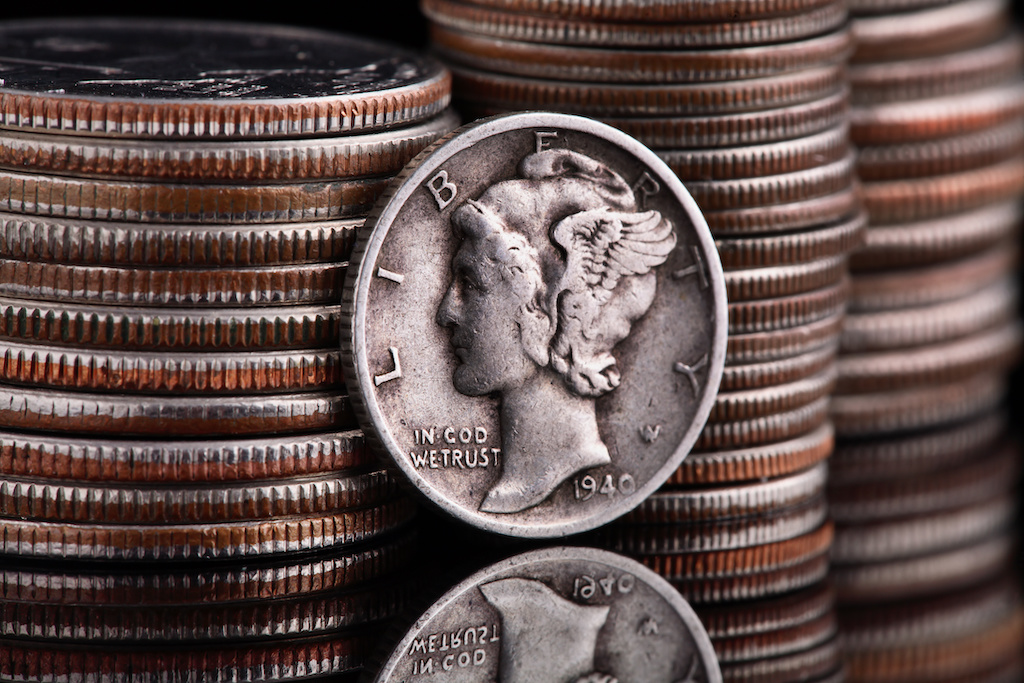The 1967 Quarter stands out in the long-running Washington Quarter series not for its silver content—but for its historical significance, transitional context, and collectible error variants. If you’re stacking coins, building a Washington Quarter set, or hunting modern rarities in circulation, you’ll want to understand the 1967 Quarter Value and its numismatic potential.
1967 Quarter: No Silver, No Mint Mark, Still Valuable
The Washington Quarter series, launched in 1932, began as a 90% silver coinage program. But by 1965, the U.S. Mint made a hard pivot—removing silver from dimes and quarters due to escalating silver prices. Enter the 1967 Quarter: a clad coin composed of 75% copper and 25% nickel over a pure copper core.
Between 1965 and 1967, mint marks were removed across all denominations to discourage hoarding during the transition. That’s why every 1967 Quarter is a no mint mark coin, regardless of whether it was struck in Philadelphia, Denver, or San Francisco. This policy was a radical departure that now gives 1967 quarters a unique place in numismatic history.
Let’s explore the value of the 1967 quarter, including Special Mint Set (SMS), and error coins like curved clips. We also cover other valuable Washington quarters, focusing on rare varieties, errors, and high-grade examples.
1967 Quarter
The 1967 quarter is part of the Washington Quarter series, initially featuring coins struck in 90% silver. By 1965, the U.S. Mint removed silver from dimes and quarters, transitioning to a clad composition of copper and nickel due to rising silver prices.
The 1967 quarter, composed of 75% copper and 25% nickel, is notable for being minted during a three-year suspension of mint marks (1965-1967), making it impossible to determine the exact mintage from each mint location.
This policy aimed to discourage hoarding during the coinage transition, making identifying specific mint origins for 1967 quarters impossible.
1967 Quarter Value Breakdown
While the 1967 quarter lacks silver content, it can hold value for collectors in specific conditions or with unique errors. Here’s how its value breaks down:
| Condition | Description | Estimated Value |
|---|---|---|
| Circulated | Common in pocket change | $0.25 (Face Value) |
| Uncirculated | Strong luster and strike (MS60–MS65) | $5 – $25 |
| High-Grade (MS67+) | Scarce condition with pristine surfaces | $25 – $75+ |
| SMS Cameo or Deep Cameo | From Special Mint Sets with high contrast | $50 – $200+ |
| 1967 Quarter Error | Includes clipped planchets and die breaks | $10 – $100+ |
1967 Quarter Error Coins
The 1967 Quarter Error category is where things get spicy. Clipped planchets, die breaks, and other production anomalies from the era are well-documented and highly collectible.
Clipped Planchet Error
One of the most notable is the 1967 Curved Clip Error. These coins are struck on incomplete planchets, leaving a crescent-shaped gap.
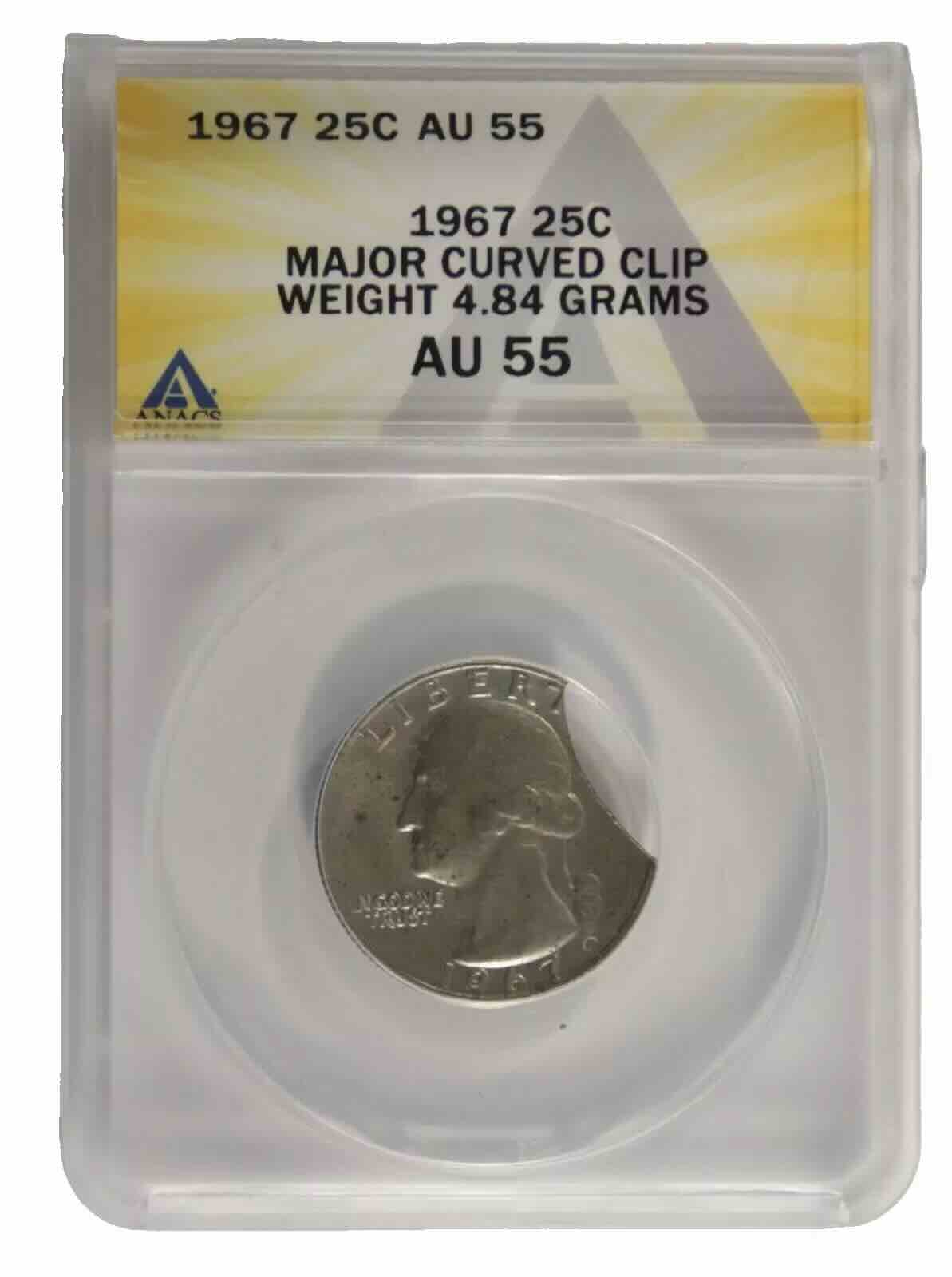
- Minor clips: $10–$25
- Large clips w/ Blakesley Effect (weak rim opposite the clip): $50–$100+
Coins with minor clips are generally valued at $10 to $25. Specimens with more prominent clips or with clear Blakesley Effect markings can fetch $50 to $100 or more.
Other 1967 Quarter Errors include:
- Off-center strikes
- BIE die breaks (between “B” and “E” in LIBERTY)
- Die caps and bonded strikes
All errors should be authenticated by a reputable grader (PCGS, NGC, or ANACS) for maximum value.
1967 Special Mint Set (SMS) Quarter Value
From 1965 to 1967, the U.S. Mint replaced proof sets with Special Mint Sets (SMS) due to the coinage overhaul. These sets were made for collectors and featured higher quality than business strikes, but they’re not quite proofs.
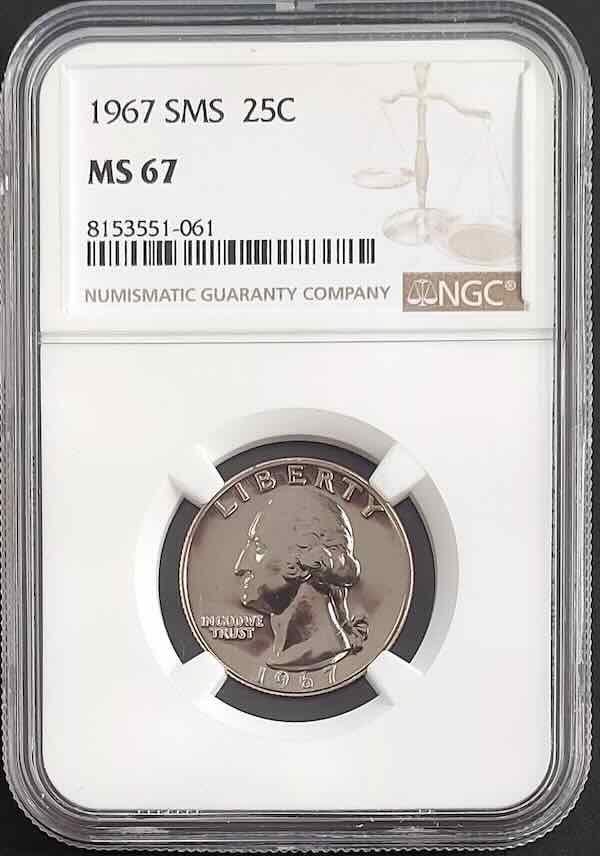
The 1967 SMS Quarter was part of the Special Mint Set program, which replaced traditional proof sets during this period. Approximately 1,800,000 SMS sets were issued with a satin-like finish and sold to collectors.
Key SMS Quarter Characteristics:
- Satin finish
- Sharper strike than circulation strikes
- No mint mark
- About 1.8 million 1967 SMS sets were produced
| SMS 1967 Quarter Grade | Value Estimate |
|---|---|
| Typical SMS | $3 – $5 |
| SMS Cameo | $20 – $50 |
| SMS Deep Cameo (DCAM) | $100 – $200+ |
These coins are not exceptionally rare, so a Typical SMS Quarter is worth $3 to $5. Coins with strong cameo contrast between frosted designs and mirror-like fields are rare and can fetch $50 to $200, depending on the strength of the cameo effect and grade.
Other Valuable Washington Quarters to Watch
Beyond the 1967 issue, several Washington quarters are in demand for their rarity, errors, or historical significance. Here are a few examples:
1932-D and 1932-S Washington Quarters
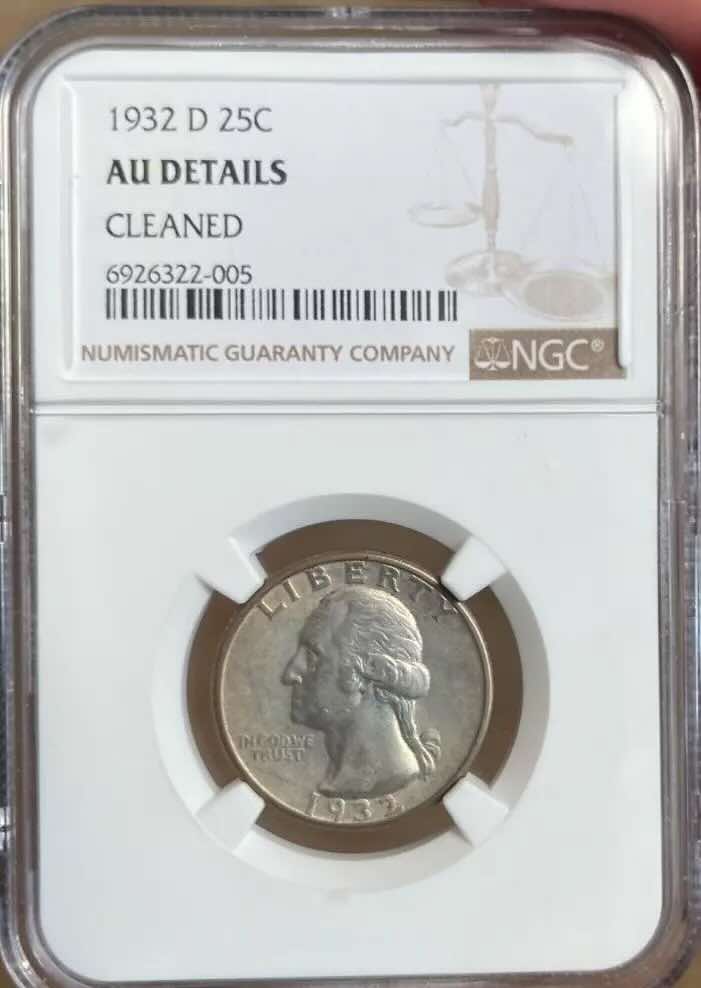
These are key dates in the series, with low mintages. For the 1932-D, value ranges from $100 in Fine condition to over $5,000 in MS65. The 1932-S carries similar values to the 1932-D, making it equally desirable.
1943 Double Die Obverse Quarter
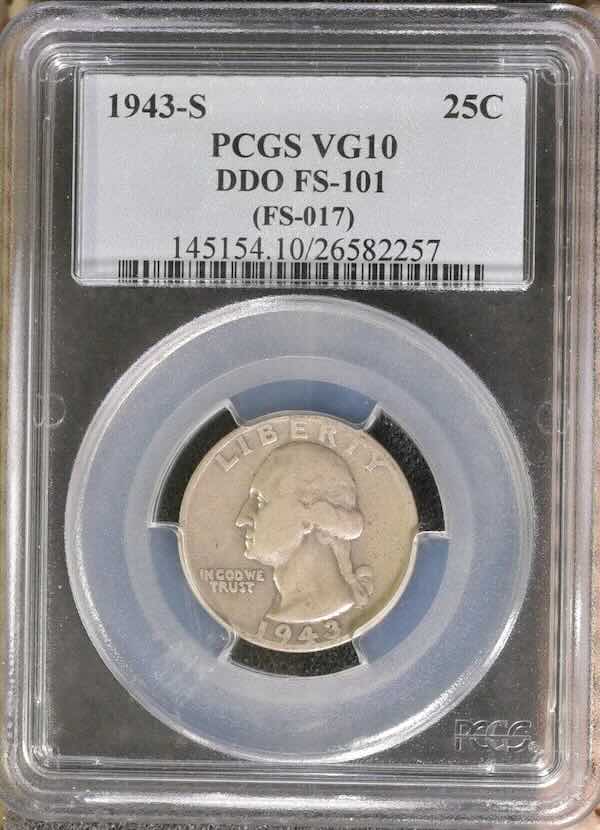
This error, featuring doubling on the obverse text, can fetch $1,000 to $5,000, depending on grade.
1950-D/S and 1950-S/D Overmintmark Quarters
These varieties, where the Mint strikes one mint mark over another, are worth $300 to $1,000 in higher grades.
1965 Silver Transitional Error
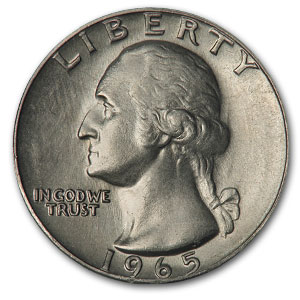
In some cases, leftover silver planchets from 1964 were used in the minting process leading to a rare 1965 Quarter worth $7,000 to $10,000 or more, depending on the condition.
1976 Bicentennial Quarters (40% Silver)
A rare Bicentennial Quarter minted from 40% silver was sold only to collectors in mint and proof sets. While not all 1976 quarters are rare, these silver versions stand out to collectors and investors alike due to their limited mintage and intrinsic metal value.
Circulated examples of a rare Bicentennial Quarter made with 40% silver typically sell for between $3 and $10, depending on condition. However, uncirculated and proof versions—especially those still in their original government packaging—can command values ranging from $20 to $50 or more in today’s market.
1999 Delaware Quarter (Spitting Horse Error)
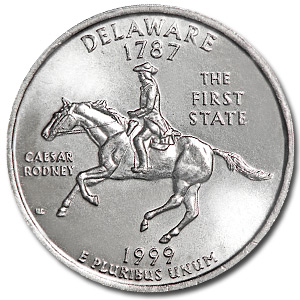
A die crack creates the appearance of a line from the horse’s mouth. Values range from $20 to $500, depending on the error’s clarity and the coin’s condition.
Collecting the 1967 Quarter: Is It Worth It?
While the 1967 Quarter might seem common at first glance, high-grade, SMS, and 1967 Quarter Error coins tell a much deeper story. Whether you’re in it for the history, the hunt, or the profit, the 1967 No Mint Mark Quarter can be a valuable addition to a collection, representing a transitional period in coinage.
Beyond the 1967 quarter, other Washington quarters, particularly those with errors, low mintages, or silver content, are worth exploring for their rarity and value.
While most examples are common, high-grade specimens and error coins can command impressive premiums.
Always check your pocket change and Coinstar rejects. That ordinary-looking 1967 Quarter might be your next hidden treasure.
